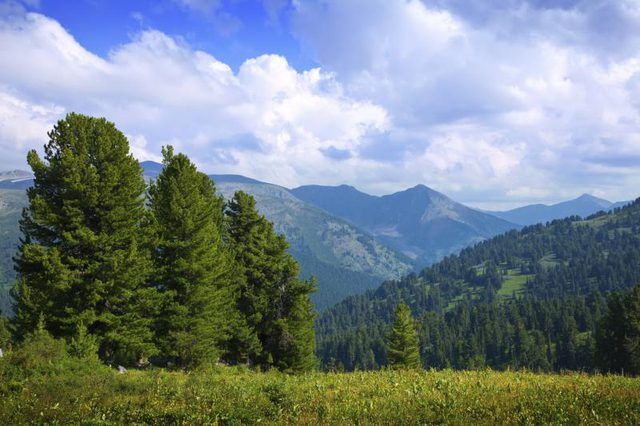Bulbs
Flower Basics
Flower Beds & Specialty Gardens
Flower Garden
Garden Furniture
Garden Gnomes
Garden Seeds
Garden Sheds
Garden Statues
Garden Tools & Supplies
Gardening Basics
Green & Organic
Groundcovers & Vines
Growing Annuals
Growing Basil
Growing Beans
Growing Berries
Growing Blueberries
Growing Cactus
Growing Corn
Growing Cotton
Growing Edibles
Growing Flowers
Growing Garlic
Growing Grapes
Growing Grass
Growing Herbs
Growing Jasmine
Growing Mint
Growing Mushrooms
Orchids
Growing Peanuts
Growing Perennials
Growing Plants
Growing Rosemary
Growing Roses
Growing Strawberries
Growing Sunflowers
Growing Thyme
Growing Tomatoes
Growing Tulips
Growing Vegetables
Herb Basics
Herb Garden
Indoor Growing
Landscaping Basics
Landscaping Patios
Landscaping Plants
Landscaping Shrubs
Landscaping Trees
Landscaping Walks & Pathways
Lawn Basics
Lawn Maintenance
Lawn Mowers
Lawn Ornaments
Lawn Planting
Lawn Tools
Outdoor Growing
Overall Landscape Planning
Pests, Weeds & Problems
Plant Basics
Rock Garden
Rose Garden
Shrubs
Soil
Specialty Gardens
Trees
Vegetable Garden
Yard Maintenance
Fertilizer for Cedar Trees
Fertilizer for Cedar Trees. True cedars (Cedrus spp.) are native to the Old World. Slow-growing, they have evergreen foliage, bold outlines and eventually impressive size, up to 100 feet tall for Cedar of Lebanon (Cedrus libani). They root deeply into the ground and need little care or maintenance. Eastern red cedar (Juniperus virginiana), which...

True cedars (Cedrus spp.) are native to the Old World. Slow-growing, they have evergreen foliage, bold outlines and eventually impressive size, up to 100 feet tall for Cedar of Lebanon (Cedrus libani). They root deeply into the ground and need little care or maintenance. Eastern red cedar (Juniperus virginiana), which grows in U.S. Department of Agriculture plant hardiness zones 2 through 9, is native to the United States and is also slow-growing to 50 feet tall. All these cedars can benefit from periodic fertilizer applications.
Efficient Feeders
Three true cedars are used in landscaping. Atlas cedar (Cedrus atlantica), which grows in USDA zones 6 through 9, has short, silvery-blue needles. Cedar of Lebanon is also hardy in USDA zones 6 through 9. Deodar cedar (Cedrus deodara), which grows in USDA zones 7 through 9, has drooping branch tips and a pyramidal shape. True cedars and eastern red cedar all are efficient at harvesting the nutrients they need from the soil they're planted in because of their efficient, far-reaching root systems. Because they do well on their own, horticulturists often recommend not fertilizing them unless growth is suboptimal. Cedars all respond to fertilizing, but you need a suitable formulation and application rate.
Granular Fertilizer
For established cedars, select a complete fertilizer such as 10-8-6 and apply it in spring before new growth starts. Use 2 pounds of fertilizer for each inch of trunk diameter, measuring the trunk at waist height. Scatter the granules evenly over the soil surface around the tree, extending it slightly beyond the drip line where the branches end. Water it in thoroughly.
Tree Spikes
You can also use evergreen tree spikes with a formulation of 13-3-4. Evenly space them in a circle around the tree's drip line, using two spikes for a 1- to 2-inch tree trunk diameter, adding another spike for each additional inch of diameter. Drive the spike so it is 2 inches below the soil surface. Apply them in spring and fall. Keep them at least 30 inches away from the tree trunk.
Fertilization Guidelines
Learn to read your cedar tree. If the tree is growing normally and has foliage and color typical for its species and size, fertilizing probably isn't needed. If trees have slow growth, sparse foliage, an abnormal color or short needles, fertilize them. Don't confuse stress from dehydration with lack of fertilizer. True cedars need occasional deep watering in hot summer months to thrive, and fertilizing heat-stressed cedars would only make matters worse. On the other hand, fertilize cedars regularly if you want faster growth on young trees, if plants are growing in poor soils or if they need to repair damage.